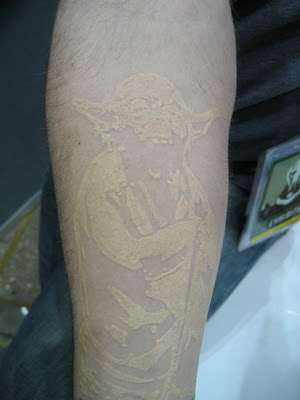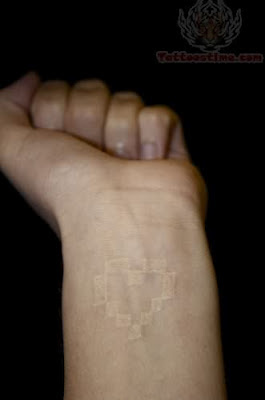Our bodies are vessels of self-expression; we drape them in fabrics, adorn them with jewelry, and color our faces, and we even make permanent alterations to our skin by way of piercings and body art. These days, tattooing has become a highly diverse art form with an even more diverse audience, and an ever-increasing number of people are dismissing the last lingering tattoo taboos to lay their bodies out as canvasses for the tattooist's needles and inks. This had led to innovation in tattoo art, and there are a few active niches into which tattooists are making a tentative approach, like the white ink tattoo.
When most people think about body art, they think of stark and immediately eye-catching visuals, and this is largely fair. Even the slightest tattoo of stars on a wrist, meant to be concealed, pops when exposed. Not everyone, however, wants to be purely bold in how they express themselves; some people delight in playing their boldness against the minimalistic or the subtle. For many of these people, a white ink tattoo fills this purpose. Made of a thicker, higher quality ink, the completed white ink tattoo is quite pale, may appear slightly embossed, and will bear a resemblance to branding or scarification once fully healed.
Given the nature of this ink, though, getting a white ink tattoo can be its own exercise in faith. Many people who have embraced this alternative have found their skin to be unreceptive to the ink, a risk that is proportionate to the darkness of one's skin. Others experienced irritation and significant fading, again because skin does not always take well to these inks. The tattoo will never be a pure, bright white either and often the ink will adopt a red or yellow tint over time.
Getting a white ink tattoo also involves a longer process as the tattooist will have to go over it multiple times to ensure that the ink takes and might even request a follow-up visit. These reasons are often cited by body artists in answer to why they refuse to offer the white ink tattoo. The potential for failure - and thus client dissatisfaction - is relatively high, and most tattoo artists would understandably rather avoid litigation than offer white ink alternatives.












.jpg)





